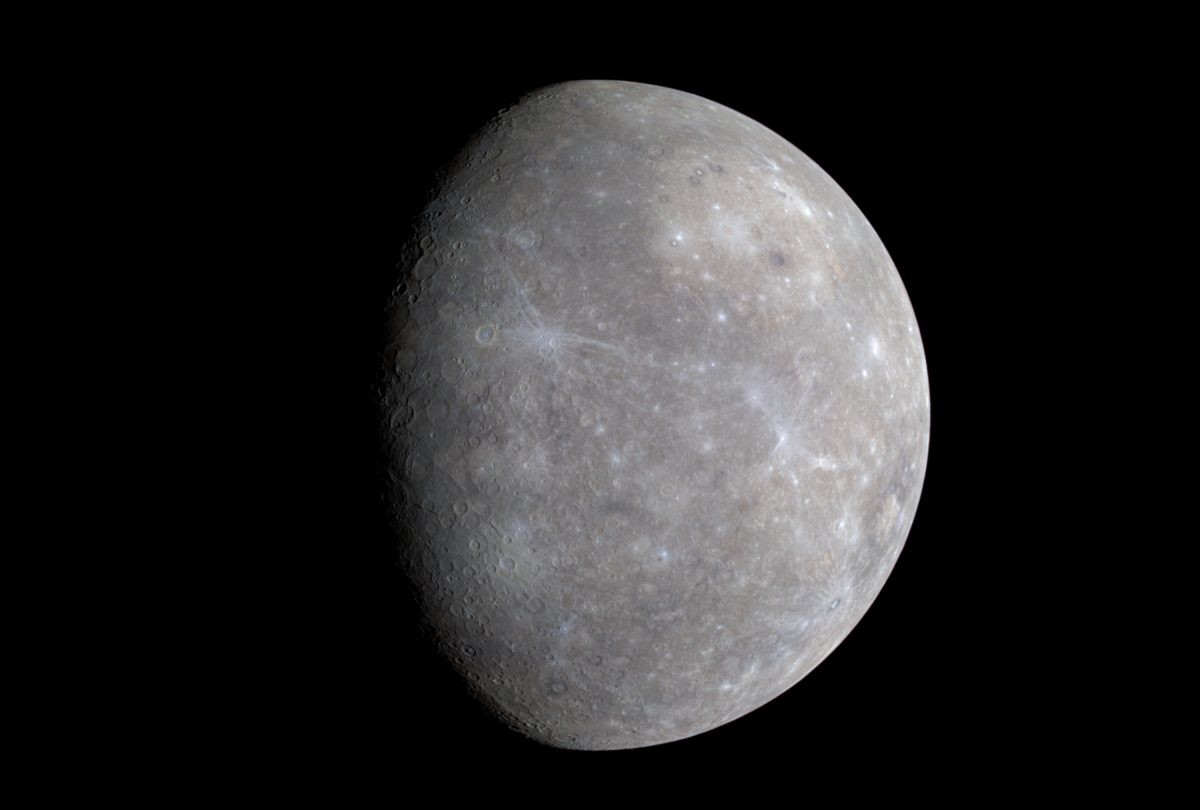When considering the planets in our solar system, it’s a natural assumption that Mercury, being closest to the Sun, would claim the title of hottest planet. After all, the Sun, a colossal furnace fueled by nuclear fusion, radiates energy outwards, warming everything in its orbit. Mercury, zipping around the Sun at a distance of just 46 to 69 million kilometers, certainly basks in intense solar radiation.
Indeed, Mercury’s sun-facing surface can reach a scorching 430°C. However, despite this searing heat, Mercury is not the hottest planet in our solar system. That distinction belongs to Venus. Orbiting further away at an average of 108 million kilometers from the Sun, Venus receives significantly less solar radiation than Mercury. Based on distance alone, one would expect Venus to be considerably cooler. Yet, the surface of Venus roasts at an average temperature of a staggering 464°C! This begs the question: Why Is Venus Hotter Than Mercury?
Venus: The Hottest Planet Explained by a Runaway Greenhouse Effect
The extreme heat of Venus can be attributed to its incredibly thick atmosphere. Venus possesses a dense atmosphere, almost 100 times denser than Earth’s at its surface. Crucially, this atmosphere is overwhelmingly composed of carbon dioxide. Carbon dioxide is a potent greenhouse gas. Greenhouse gases are atmospheric components that trap heat, raising a planet’s temperature. They achieve this by absorbing infrared radiation – not just from incoming sunlight, but also heat radiated back from the planet’s surface after it absorbs solar energy. This absorption prevents heat from escaping into space, effectively insulating the planet and causing it to warm up significantly.
This dense, carbon dioxide-rich atmosphere is also the reason Venus experiences remarkably uniform temperatures across its surface, with minimal difference between day and night. The heat is trapped so effectively that it’s evenly distributed around the planet.
Mercury’s Lack of Atmosphere: A Key Difference
In stark contrast to Venus, Mercury essentially lacks a substantial atmosphere. It possesses only a tenuous exosphere. An exosphere is an extremely thin, outermost layer of a planet’s atmosphere, composed of atoms and molecules so sparse they rarely collide. These particles originate from solar wind interactions with the surface and micrometeoroid impacts. Such a thin layer is virtually ineffective at retaining heat. As a result, when night falls on Mercury, and the Sun’s radiation is removed, the surface rapidly cools. Temperatures on Mercury’s night side can plummet to a frigid -180°C, showcasing a dramatic temperature swing absent on Venus.
Venus vs. Earth: A Cautionary Tale of Greenhouse Gases
Carbon dioxide is also present in Earth’s atmosphere and plays a vital role in maintaining a habitable temperature for our planet. Interestingly, scientific theories suggest that billions of years ago, Venus might have possessed an atmosphere more similar to Earth’s, potentially even with liquid water on its surface. However, a runaway greenhouse effect likely transformed Venus into the scorching world we observe today. As temperatures rose, water evaporated, introducing water vapor (another greenhouse gas) into the atmosphere. This further amplified the warming, eliminating liquid water, a crucial medium for absorbing greenhouse gases like carbon dioxide.
In an era where Earth is facing global warming due to increased greenhouse gas emissions from human activities, Venus serves as a stark and cautionary example. While a runaway greenhouse effect to the same extreme is unlikely on Earth, Venus underscores the profound and potentially irreversible consequences of unchecked greenhouse gas accumulation. Understanding why Venus is hotter than Mercury offers valuable insights into planetary atmospheres and the delicate balance that determines a planet’s temperature and habitability.

